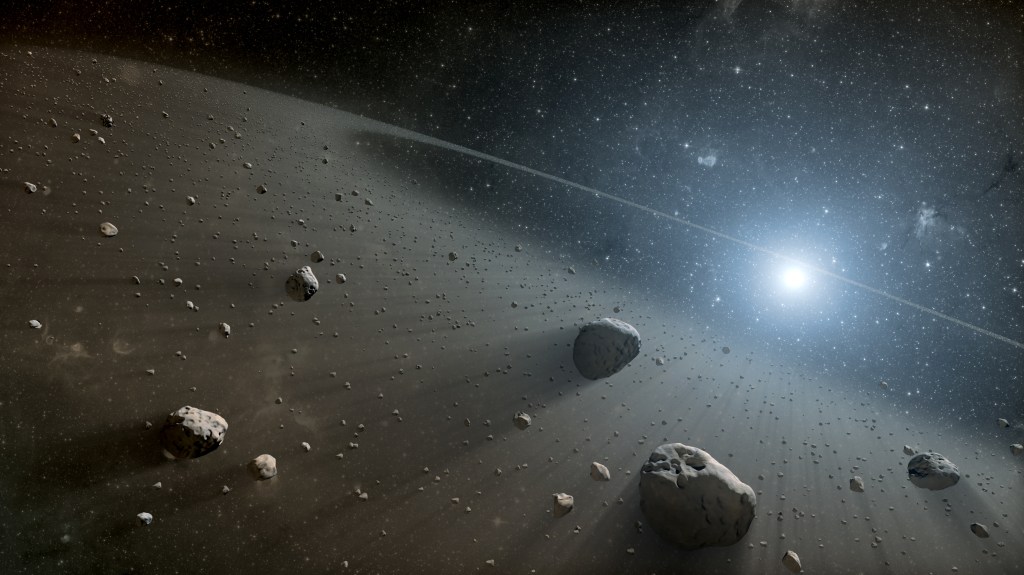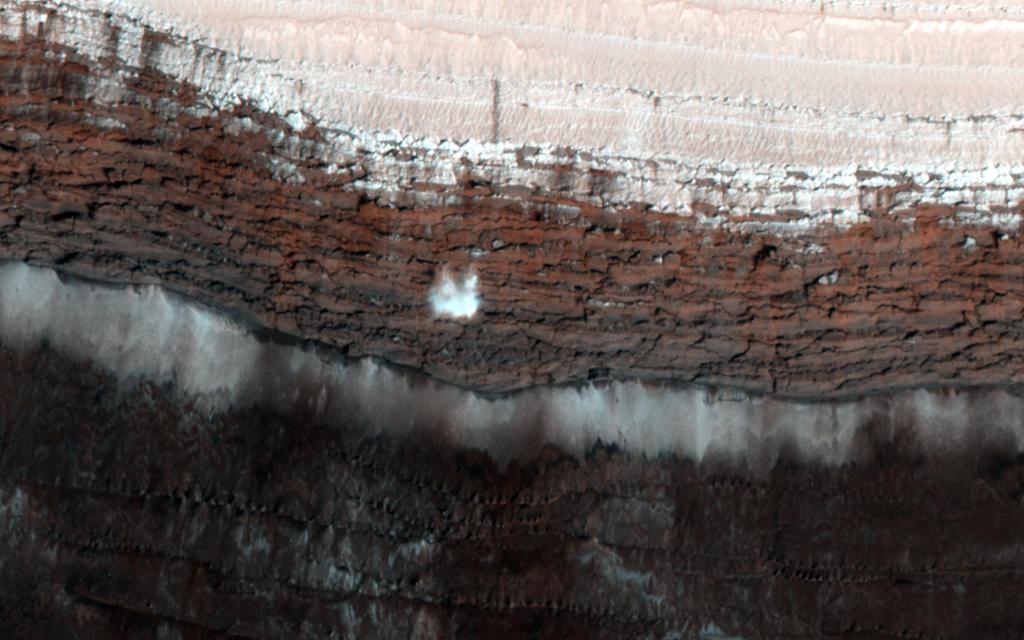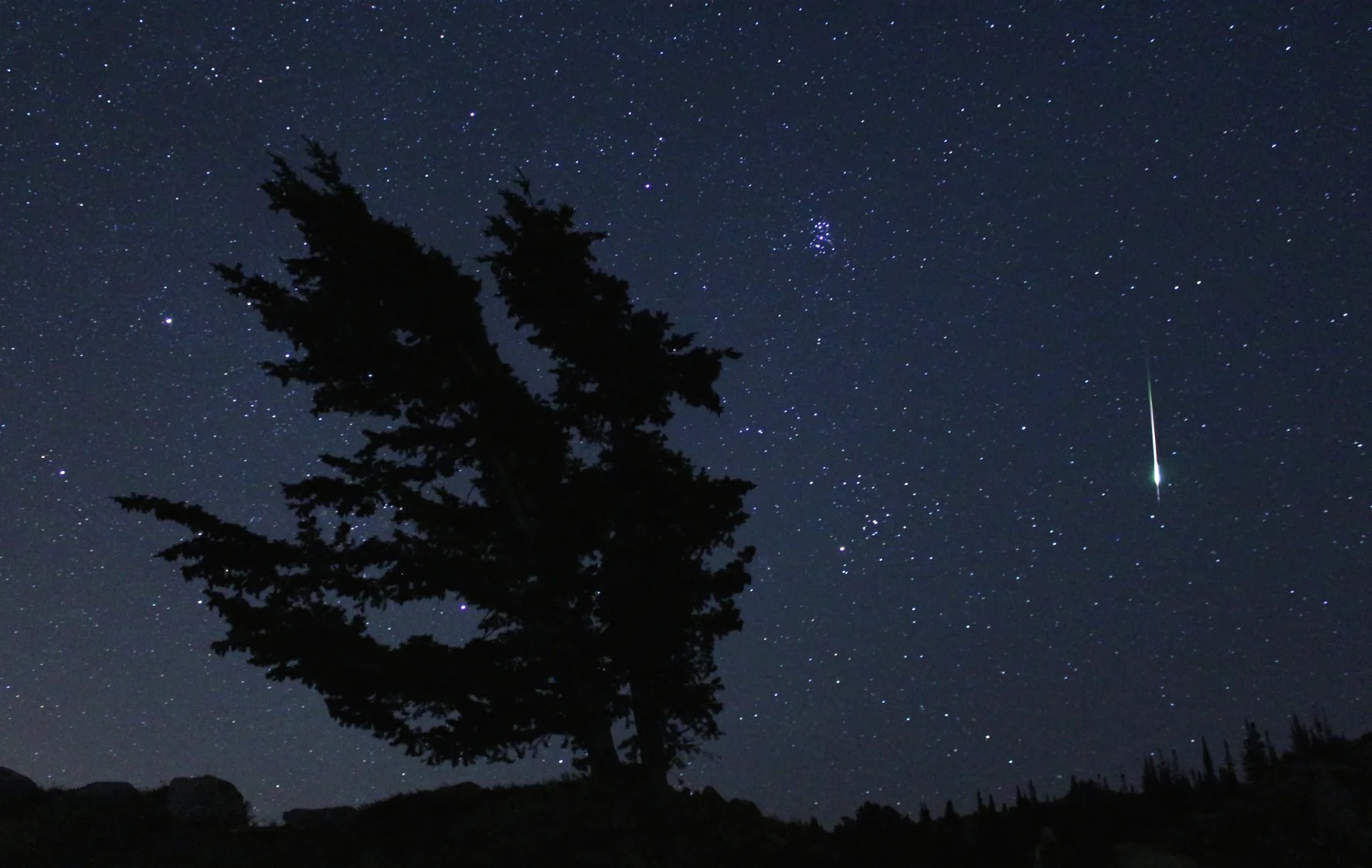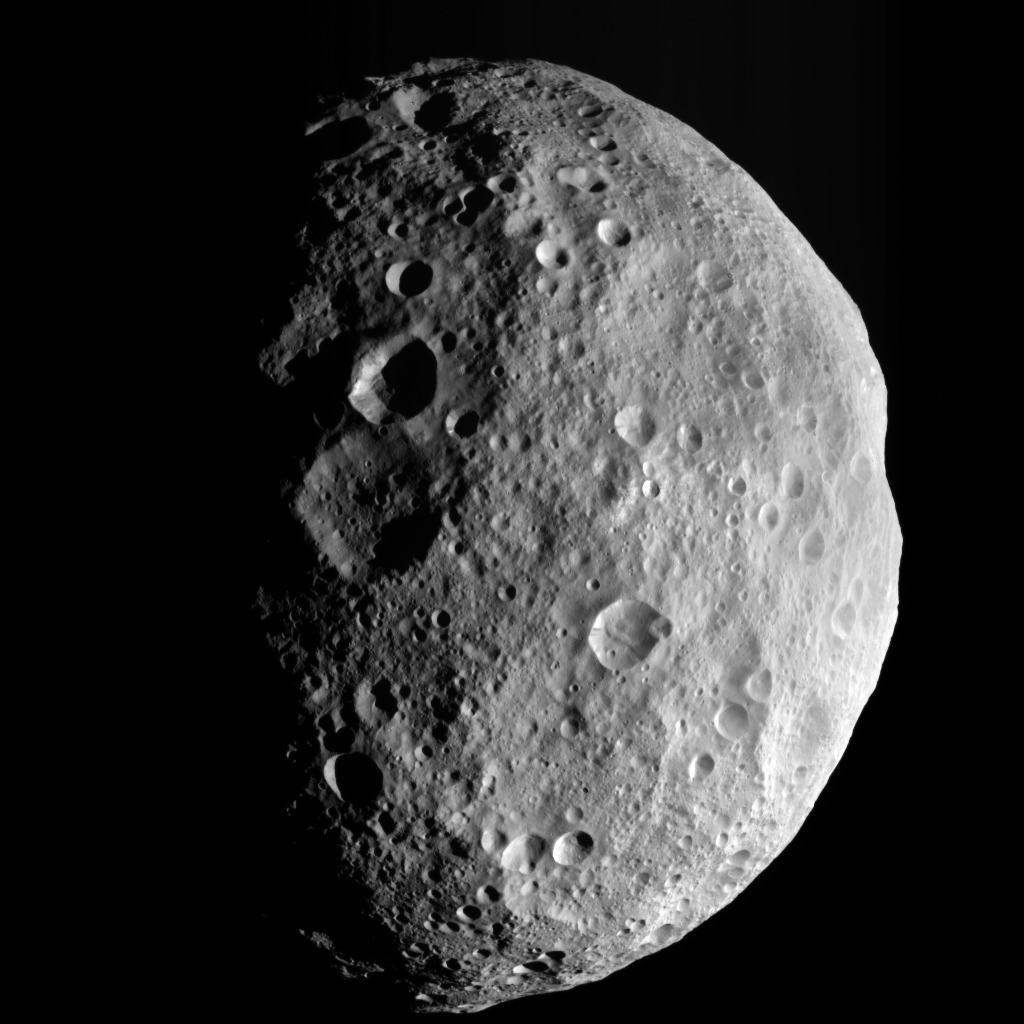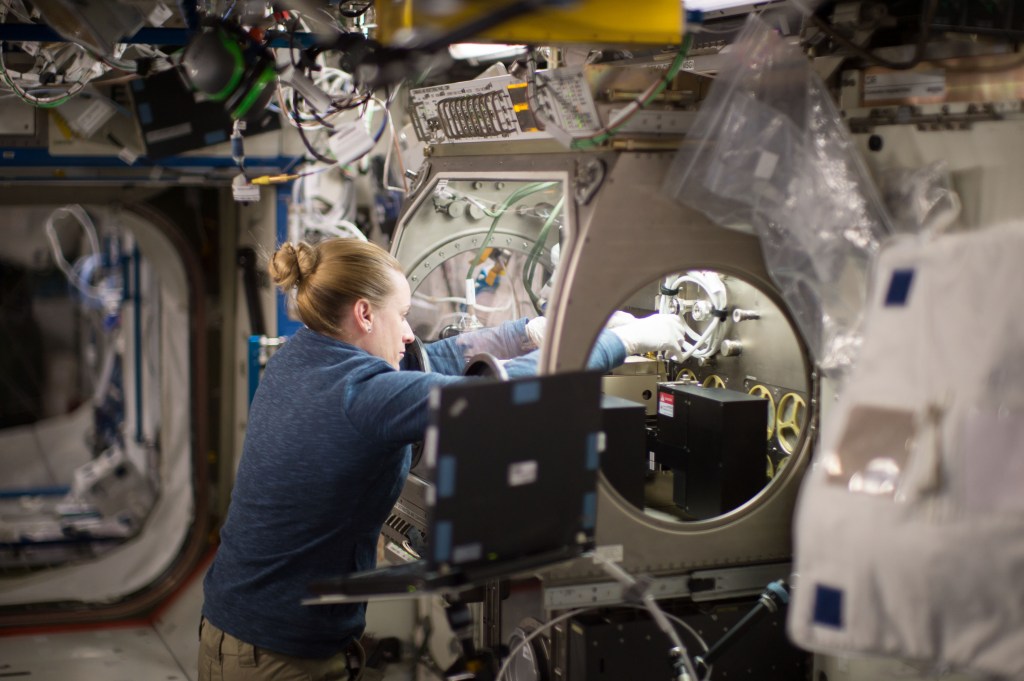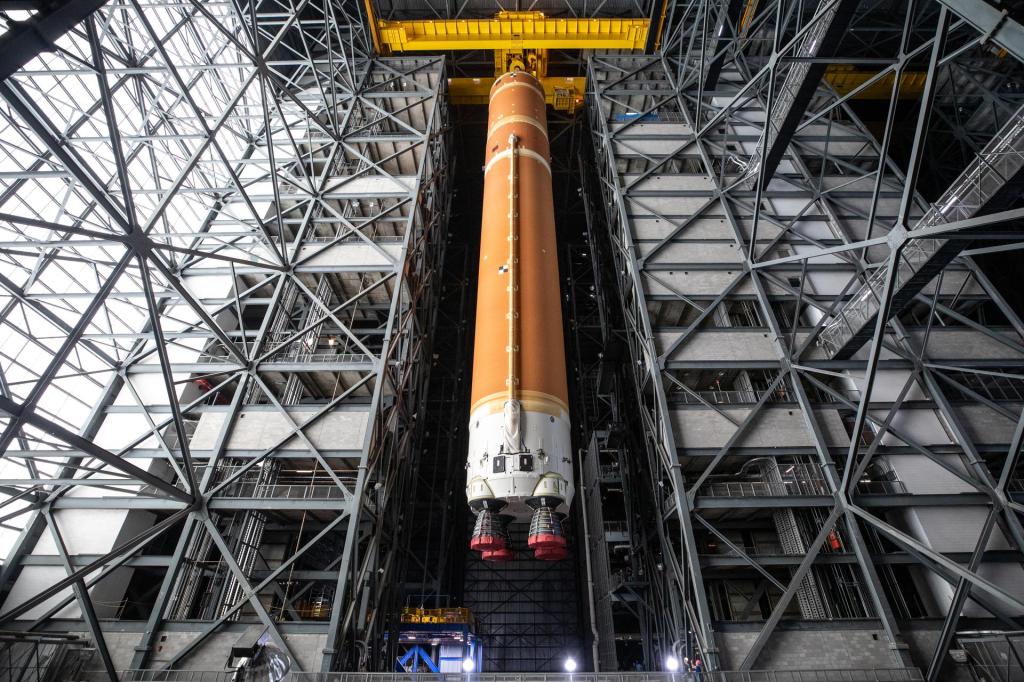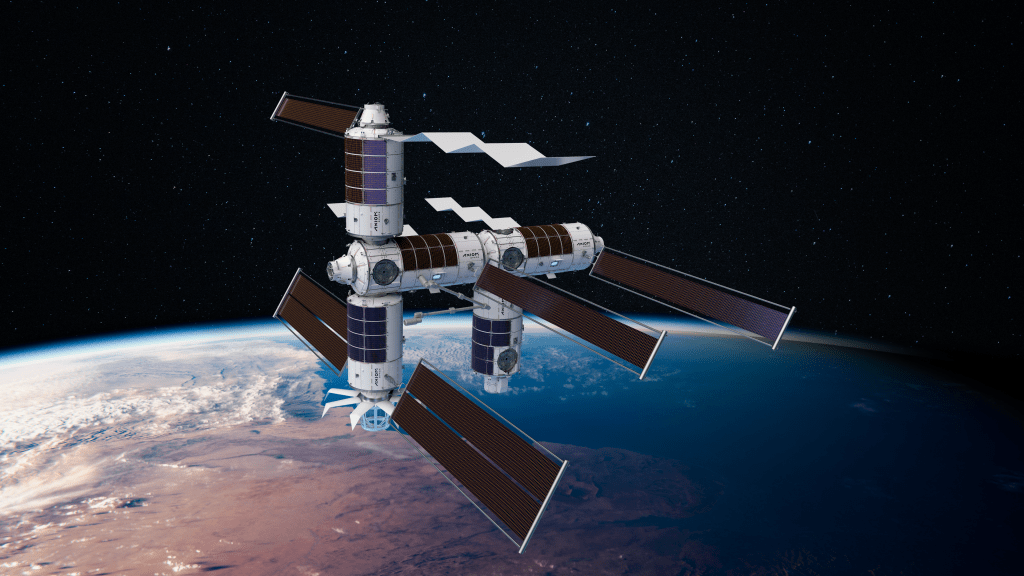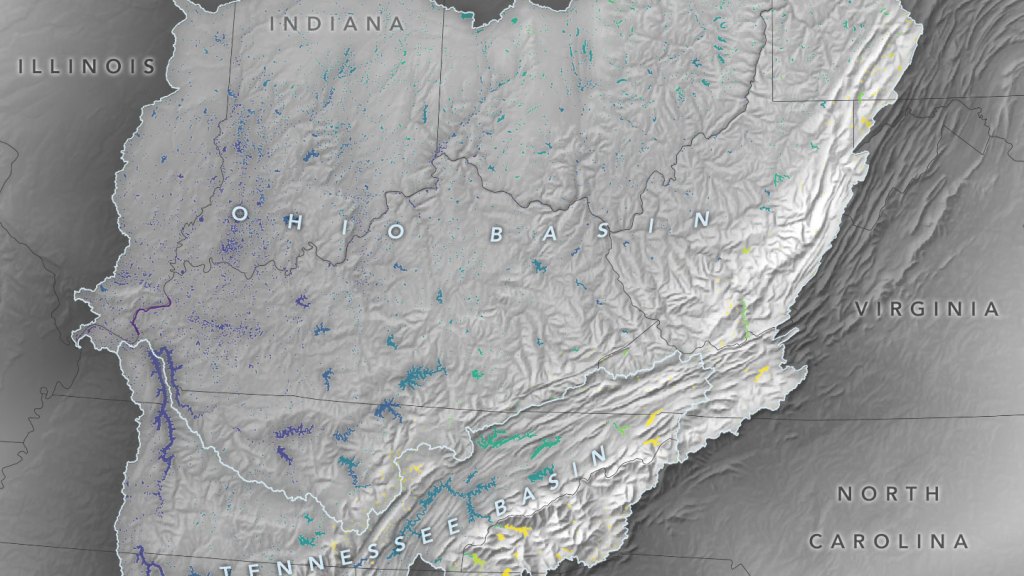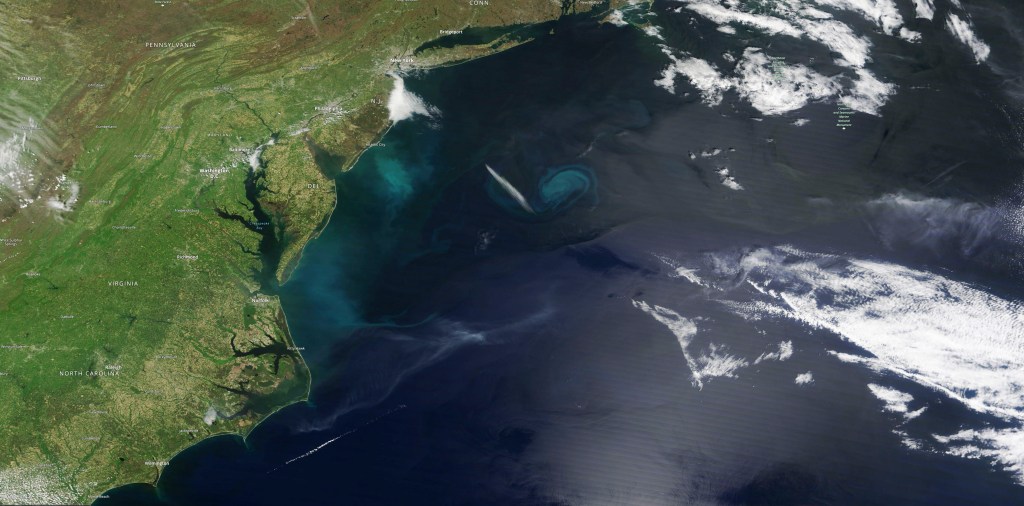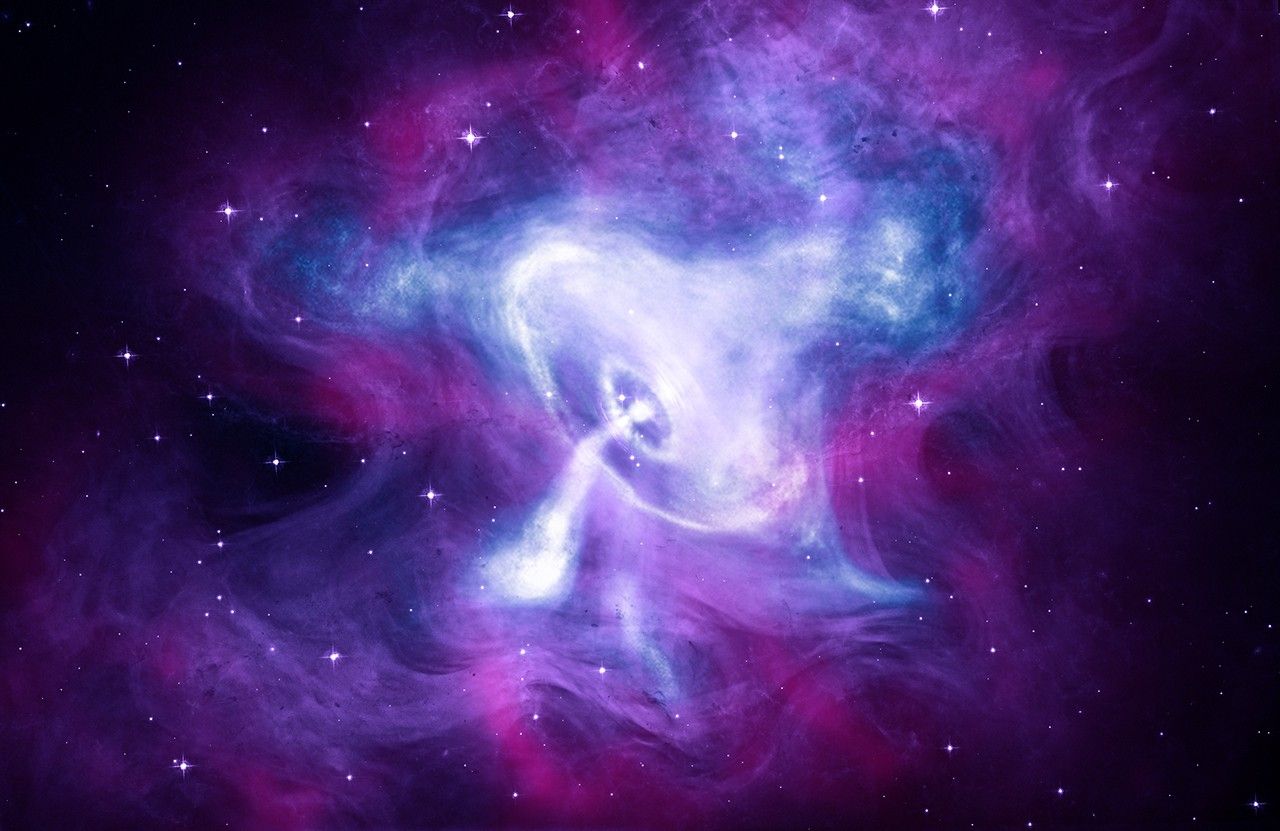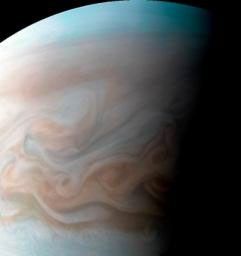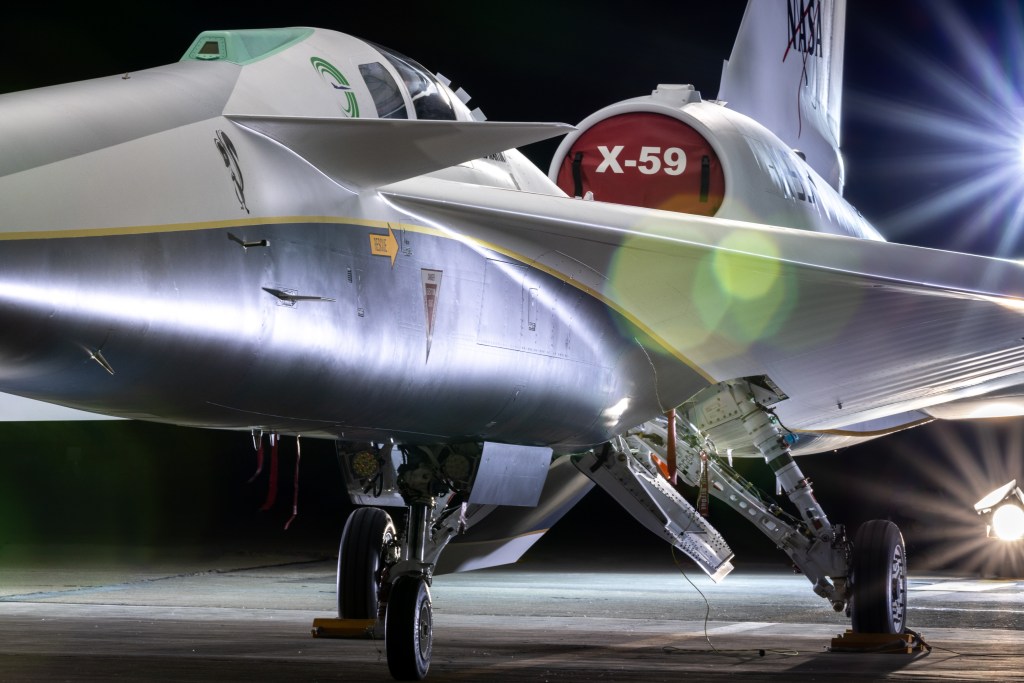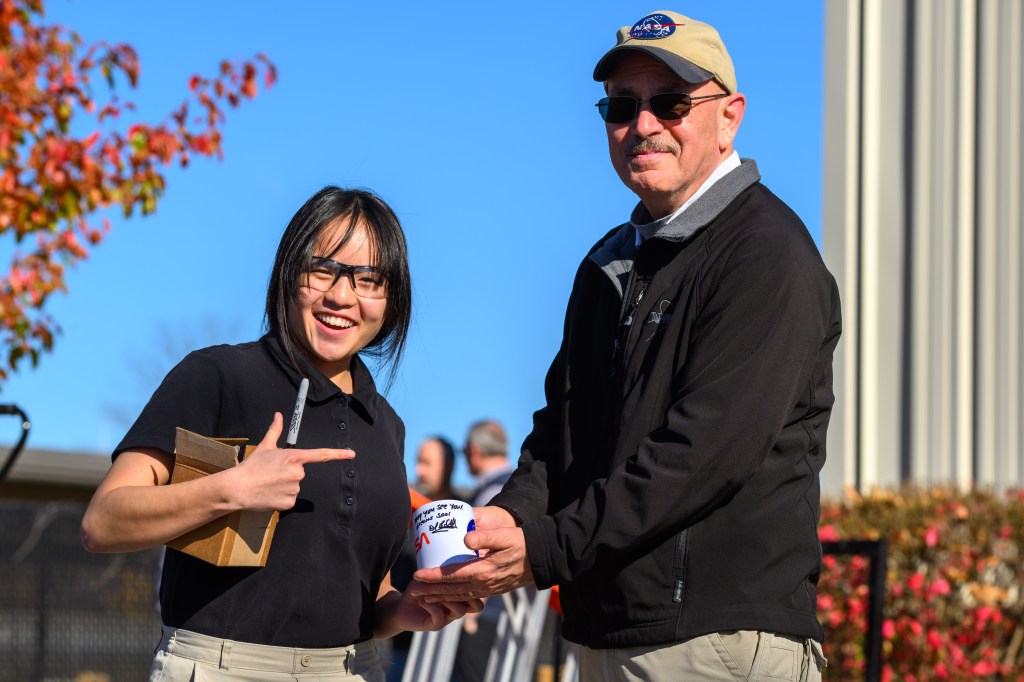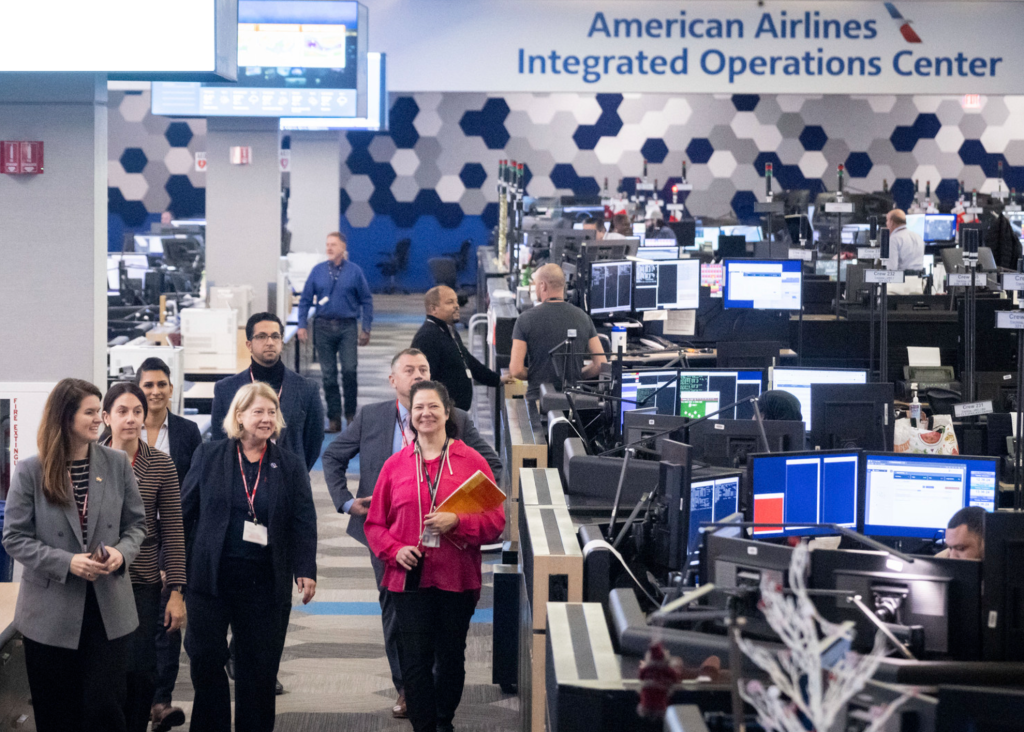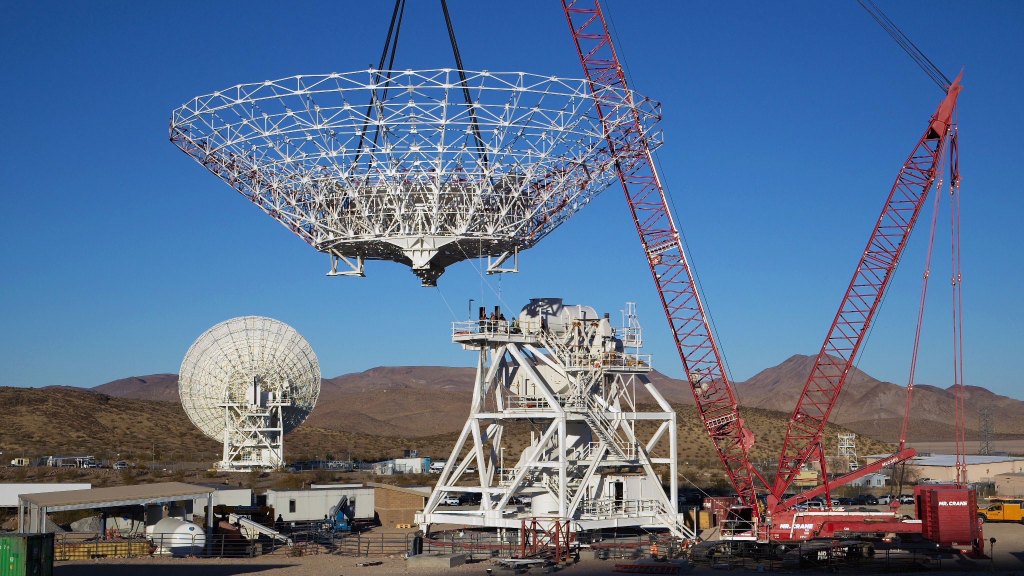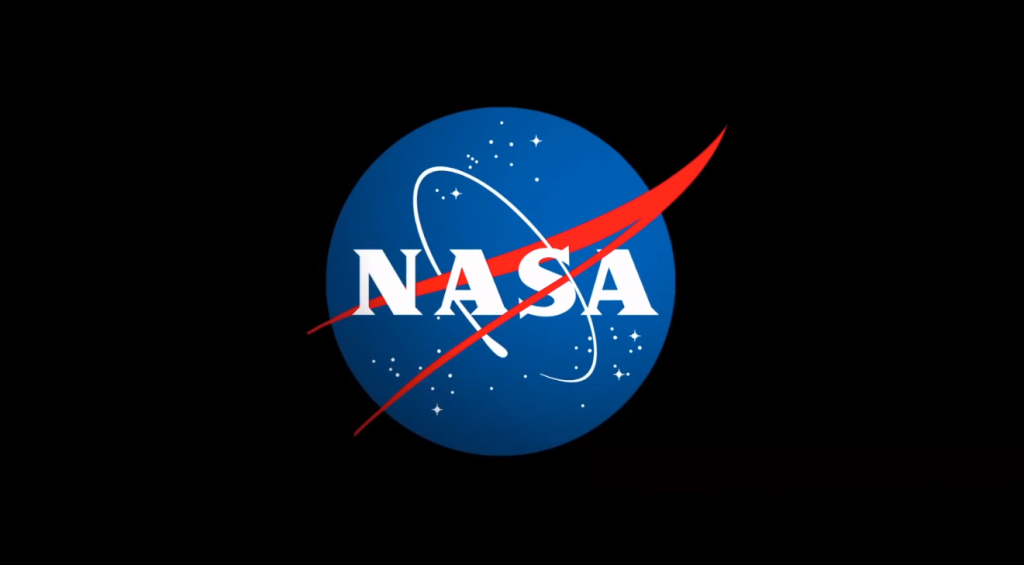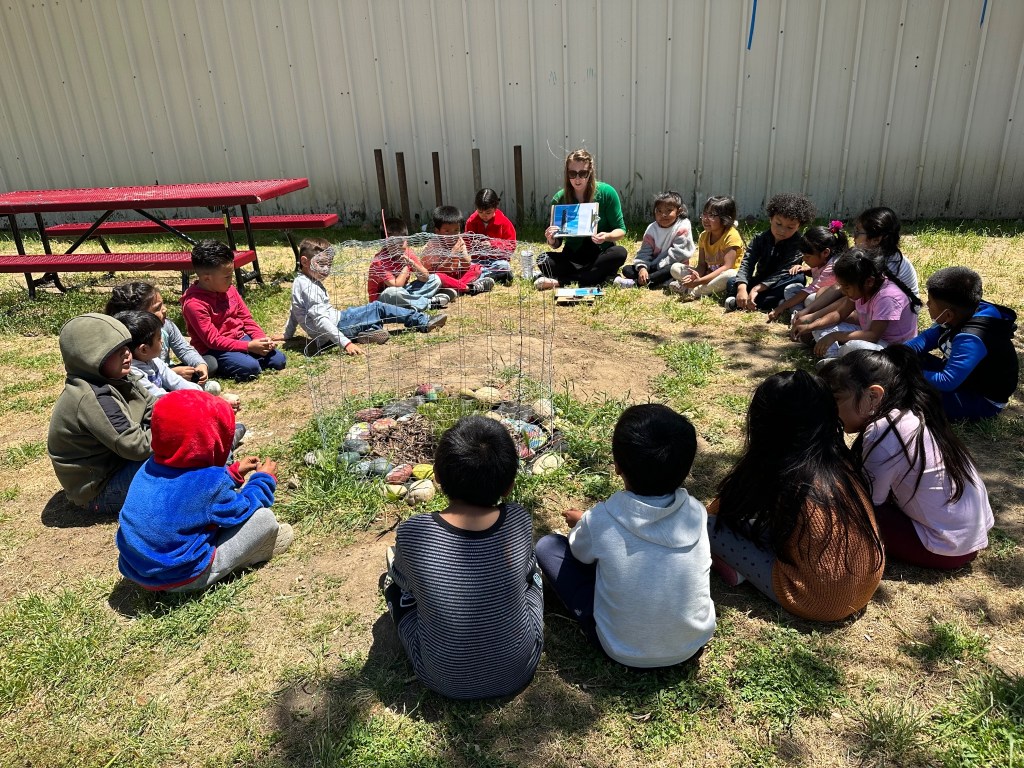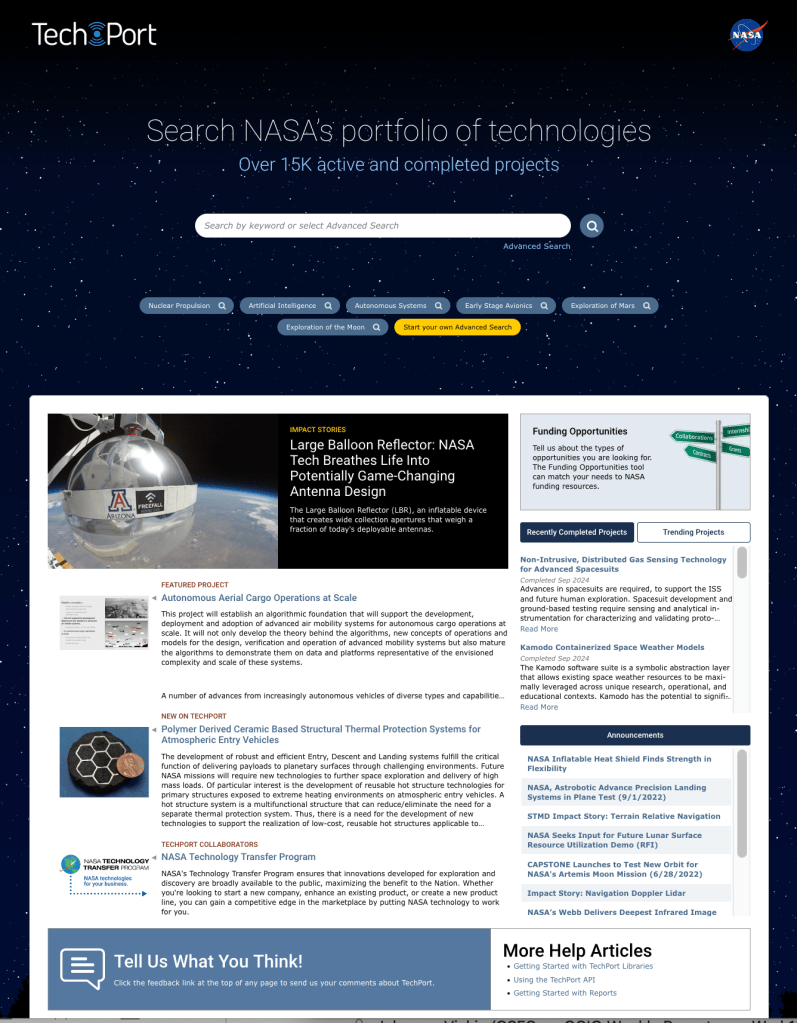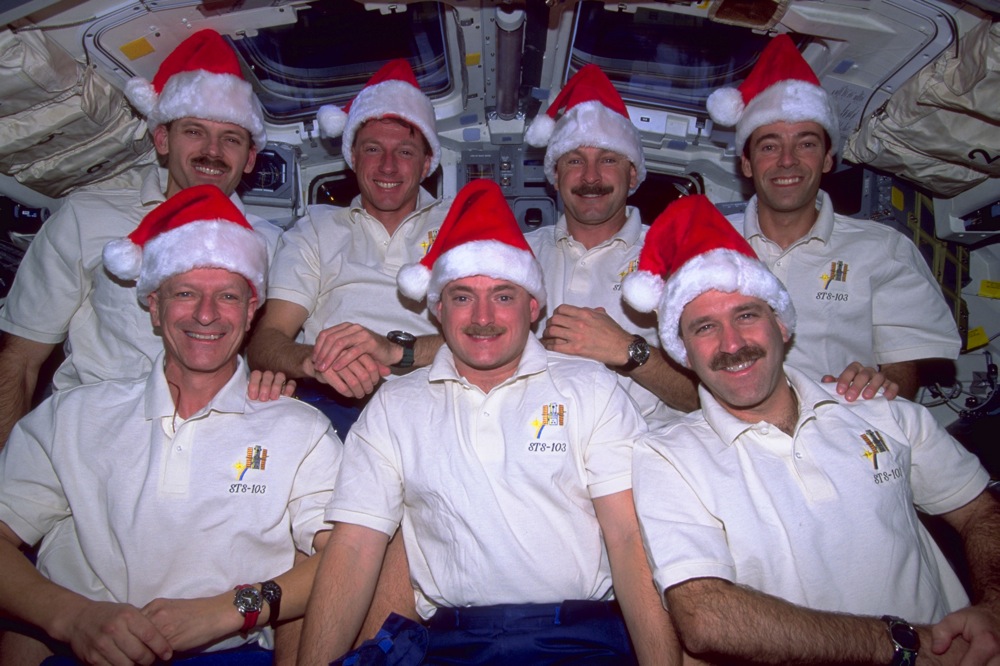Upcoming Meetings
Please Stay Tuned
Follow-on, virtual NASA Fission Instrumentation and Controls Working Group Kick-off Meeting
Early calendar year 2025
August 20 – 22, 2024
NASA Fission Instrumentation and Controls Workshop
Theme: “Pushing the Boundaries of Fission Power and Propulsion Instrumentation and Controls – With an Eye to Space”
Location:
Ohio Aerospace Institute (OAI), 22800 Cedar Point Road, Cleveland, OH 44142
Registration for the 2024 NASA Fission Instrumentation & Controls Workshop has closed. Thank you for your interest in this inaugural event!
Background
NASA is leading efforts to conduct a technology demonstration mission of a 40 kWe lunar Fission Surface Power (FSP) system and to advance Space Nuclear Propulsion (SNP) technologies. The SNP technologies would enable faster and more robust transportation for crew and cargo missions to Mars and science missions to the outer solar system, while the FSP system supports long-duration human habitation and scientific research on the moon and Mars.
The instrumentation and control (I&C) technologies that will enable mission success will be compact (reduced form factor), multi-sensing (integrated functionalities to reduce volume and weight), radiation hardened for in-core and ex-core placements, long-lasting (FSP has a 10-year operational life), and high temperature durable. Among the most daunting of these challenges is the fact that failed I&C components on these reactors will not be able to be maintained or replaced. Therefore, from the standpoint of compactness, reliability, and robustness, current I&C technologies are not suitable for mission deployment.
Objectives
This is an in-person workshop with three objectives:
- Develop a compendium of the state-of-the-art and emerging I&C technologies.
- Identify the cross-cutting technology gaps/needs that prevent their deployment to meet FSP and SNP missions.
- Build connections between the projects/programs.
The workshop will include discussions on specific technology topics (sensors, electronics, actuators, test facilities) while addressing and documenting the following:
- What are the lessons learned from previous space nuclear projects/programs?
- What are the challenges and opportunities associated with extending the state-of-the-art and emerging I&C technologies to SNP and FSP?
- What are the state-of-the-art I&C technologies that meet the notional FSP/SNP specifications?
- What are the fundamental physics of the I&C?
- In what ways are the I&C susceptible to radiation and thermal degradation?
- Identify and quantify the Technology Readiness Levels of these technologies, relative to notional FSP/SNP specifications.
- Identify and capture the technology gaps and challenges that must be overcome to meet notional FSP/SNP specifications.
- Recommended reliability protocols.
Interested in Presenting a “Walk-on” Topic?
The workshop is strongly encouraging members of industry and academia to please respond “Yes” to sharing a “walk-on” presentation. Your participation is crucial for our Collective Success!
Proposed “walk-on” presentations are an option on the registration form. Please note that not all “walk-on” presentations are guaranteed a time slot and may be limited, due to the number received.
“Walk-on” presenters will be required to submit a PowerPoint presentation, once they receive NASA Fission Instrumentation and Controls Workshop committee approval.
Registration
Registration for the 2024 NASA Fission Instrumentation & Controls Workshop has closed. Thank you for your interest in this inaugural event! If you registered, we look forward to meeting you and are excited for your participation!
Daily Agenda Overview
Day 1 – Tuesday, August 20, 2024
- Presentations and discussions on technology topics (sensors, electronics, actuators, test facilities).
Day 2 – Wednesday, August 21, 2024
- “Walk-on” presentations; Break-out working sessions to document (technologies and gaps/needs, gap closure strategies, projected timeframe to close gaps).
Day 3 – Thursday, August 22, 2024 (Optional) (FULL)
- Glenn Research Center tours (half day, morning only).
- Visit FSP/SNP Instrumentation and Controls related facilities, 50 people maximum.
Access
- Attendees MUST be a U. S. person – (citizen or lawful permanent resident).
- All attendees MUST bring a current, government-issued, photo identification for access into Ohio Aerospace Institute and NASA Glenn Research Center.
- Lawful Permanent Residents MUST bring their Permanent Resident Card AND a second form of identification (a current, government-issued, photo identification).
Lunch Information
Participants have an optional lunch selection for Days 1 and 2 that require pre-payment (~$20.00 each day). Specific lunch information will be available soon.
NASA Tax Exemption Certificate
Contact
Fission Surface Power (FSP) Project
Project Integration Lead
Teresa (Terri) M. Benko![]() teresa.m.benko@nasa.gov
teresa.m.benko@nasa.gov![]() 216-433-2276
216-433-2276

